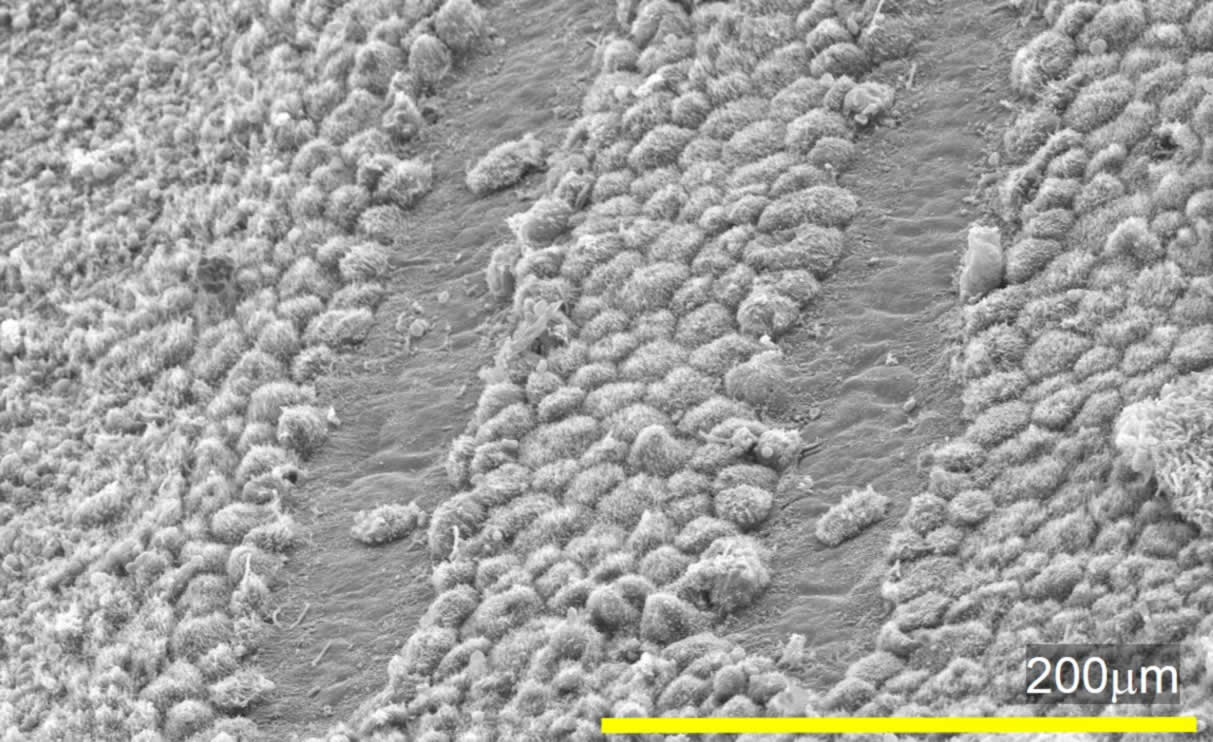Retinal Laser Therapy: Mechanisms of Interaction and Tissue Response

Despite widespread use of lasers in retinal therapy it remains largely unknown how its benefits and deleterious side effects relate to parameters of laser treatment and subsequent retinal healing. Thus strategies to reduce untoward effects of laser therapy while maintaining clinical benefit are highly desirable.
We study tissue response to transient thermal stress below the damage threshold, utilizing markers of the cellular response, such as Heat Shock Proteins. Based on these studies, we defined the therapeutic window below damage threshold and developed an algorithm for Non-damaging Retinal laser Therapy (NRT).
In addition to basic stuidies, we also conduct clinical trials of this approach to treatment of macular diseases, such as Central Serous ChorioRetinopathy, Diabetic Macular Edema, and Age-Related Macular Degeneration.

We also work on selective ablation of specific retinal layers, including Retinal Pigmented Epithelium (RPE) and photoreceptors. For selective ablation of RPE, we use rapidly scanning continuous laser providing microsecond exposures. Heat confinment in melanosomes during such short pulses allows their efficient explosive vaporization, which enables selective destruction of RPE cells without damage to surrounding tissues. We study healing response of RPE and photoreceptors to selective laser therapy, and develop therapeutic applications as well as animal models of retinal degeneration based on this approach.

